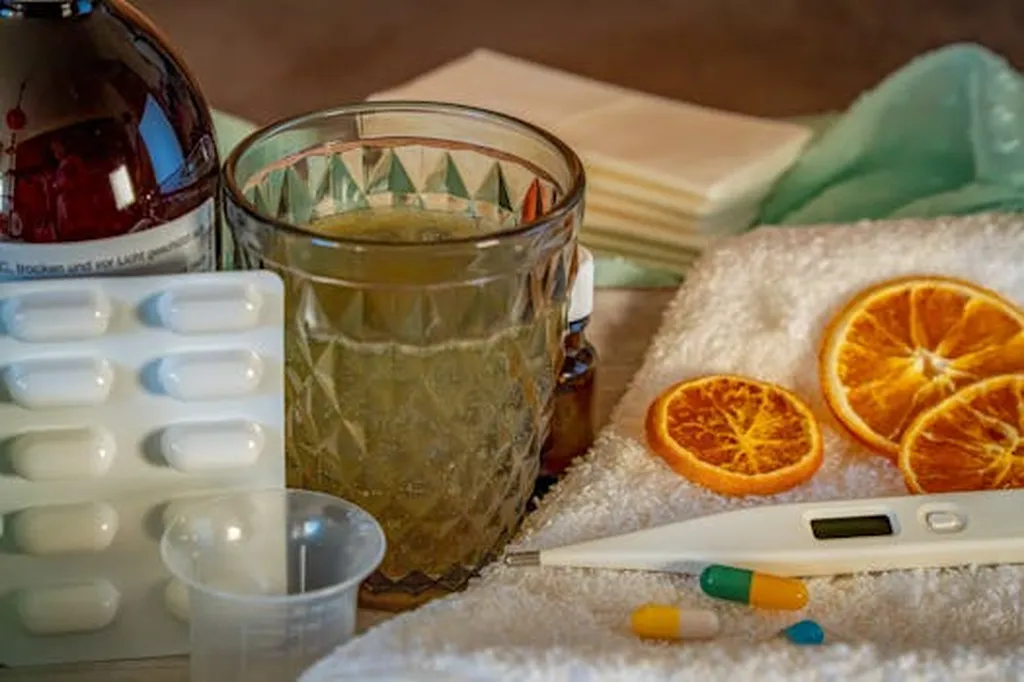In the realm of wound care, a groundbreaking development has emerged from the labs of Shandong University, promising to revolutionize the treatment of infected wounds. Led by Chengming Lou of the State Key Laboratory of Crystal Materials, a team of researchers has engineered a novel type of nanoparticle that not only combats bacterial infections but also modulates the immune response to accelerate healing. This innovative approach, published in the journal SmartMat (translated as “Smart Materials”), could have significant implications for the medical and construction industries, particularly in infection control and wound management.
The researchers have developed self-templated zinc ion-glycine (ZnGly) nanoparticles through a straightforward self-template method. These nanoparticles exhibit a pH-responsive behavior, allowing them to release bioactive components rapidly in the acidic environment of lysosomes. This targeted release mechanism ensures that the treatment is both effective and efficient, addressing the limitations of traditional antibiotics and wound dressings.
“Our ZnGly nanoparticles show excellent antibacterial properties and can effectively modulate macrophage polarization,” explained Lou. “This dual functionality is crucial for promoting wound healing, as it addresses both the infection and the inflammatory response.”
The nanoparticles’ ability to modulate the immune response is particularly noteworthy. They enhance the expression of anti-inflammatory factors while inhibiting pro-inflammatory factors, creating an optimal environment for tissue repair. Mechanistic studies revealed that ZnGly nanoparticles alleviate inflammatory responses by promoting chloride ion influx and inhibiting calcium ion influx, ultimately regulating the NF-κB signaling pathway.
In addition to their immunomodulatory properties, ZnGly nanoparticles demonstrate exceptional antibacterial activity. They effectively kill free bacteria and remove biofilms, which are often resistant to conventional treatments. The infected wound-healing promotion of ZnGly nanoparticles was validated in an infected mouse skin model, highlighting their therapeutic potential.
The implications of this research extend beyond the medical field. In the construction industry, where infection control and wound management are critical, these nanoparticles could be integrated into advanced wound dressings and other medical materials. This innovation could lead to faster healing times, reduced infection rates, and improved patient outcomes, ultimately lowering medical costs and enhancing the quality of care.
As the construction industry continues to evolve, the integration of such advanced materials could set new standards for infection control and wound management. The research by Lou and his team opens up new avenues for the development of smart materials that can address complex medical challenges, paving the way for a future where infected wounds are treated more effectively and efficiently.
With the publication of this research in SmartMat, the scientific community is one step closer to realizing the full potential of ZnGly nanoparticles. As further studies and clinical trials are conducted, the commercial impacts of this innovation are expected to grow, benefiting not only the medical field but also the broader construction industry.

